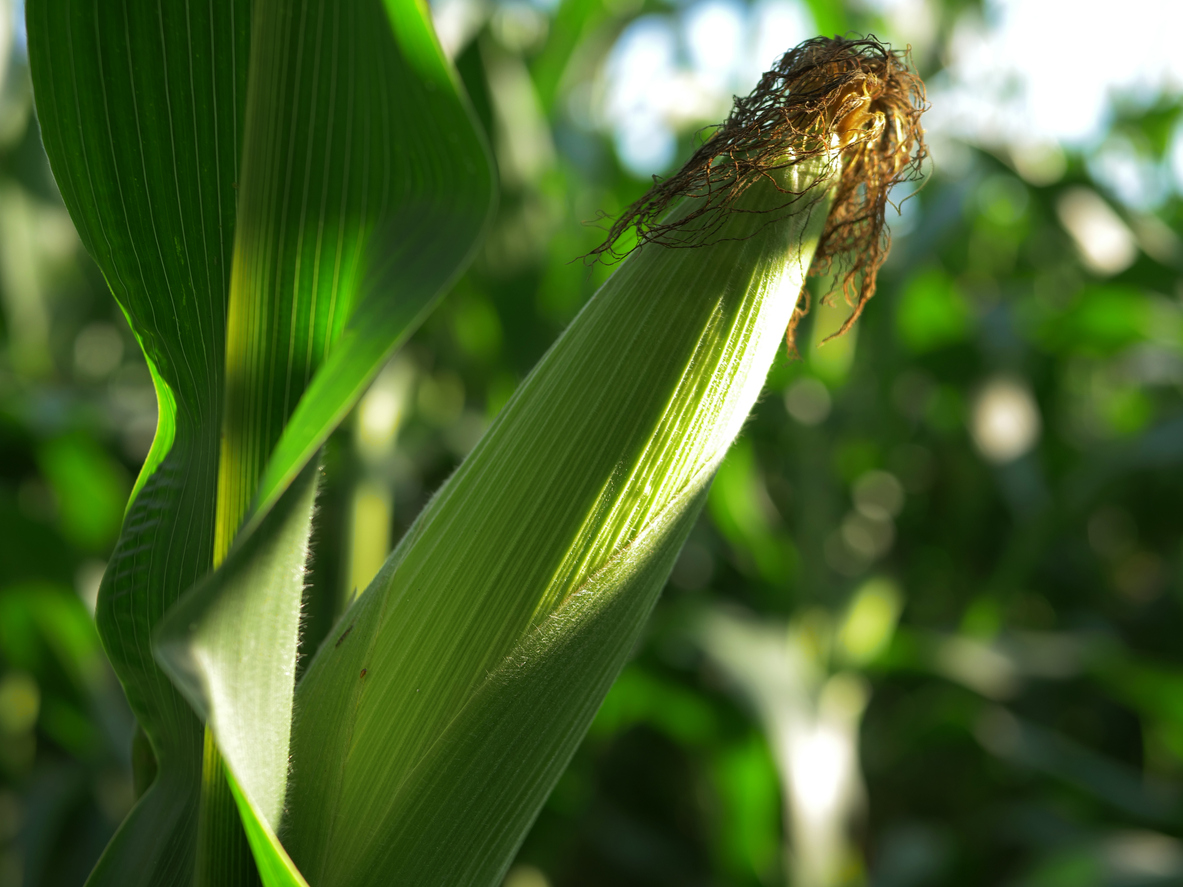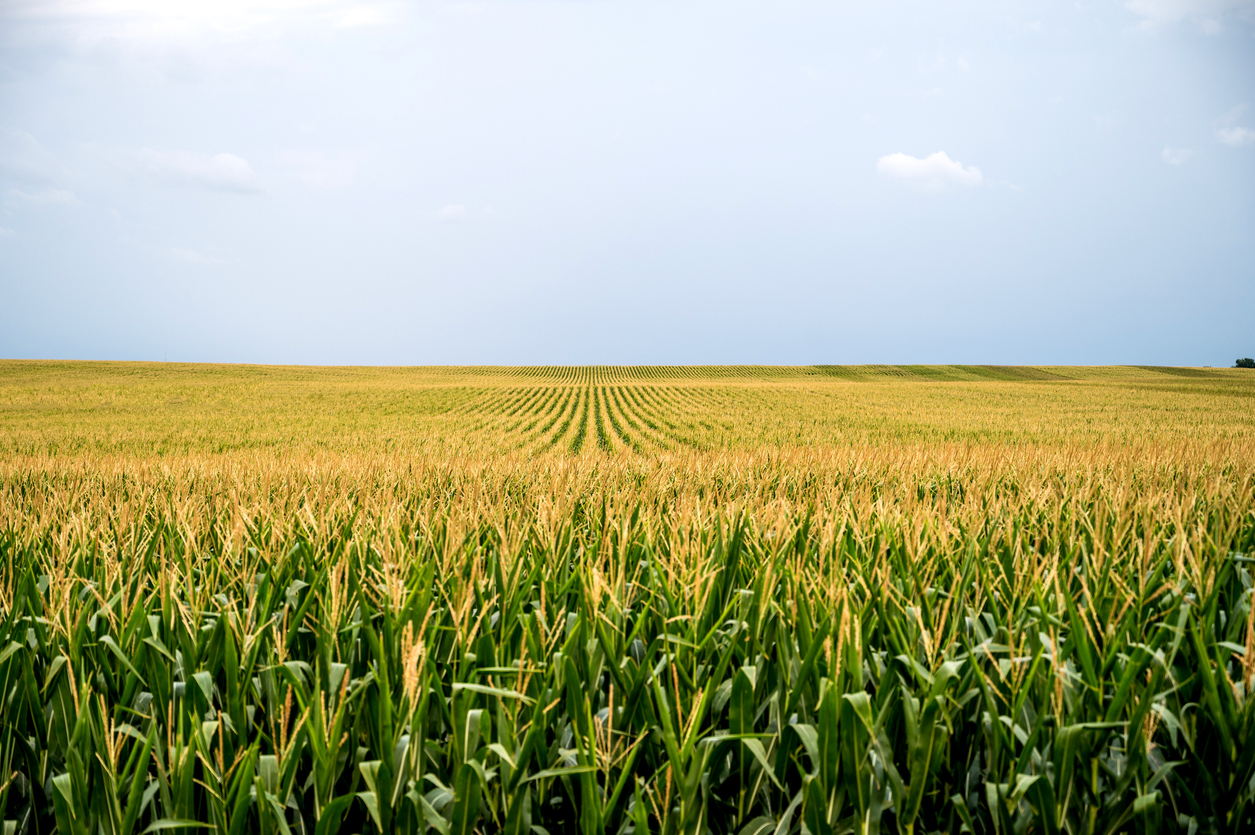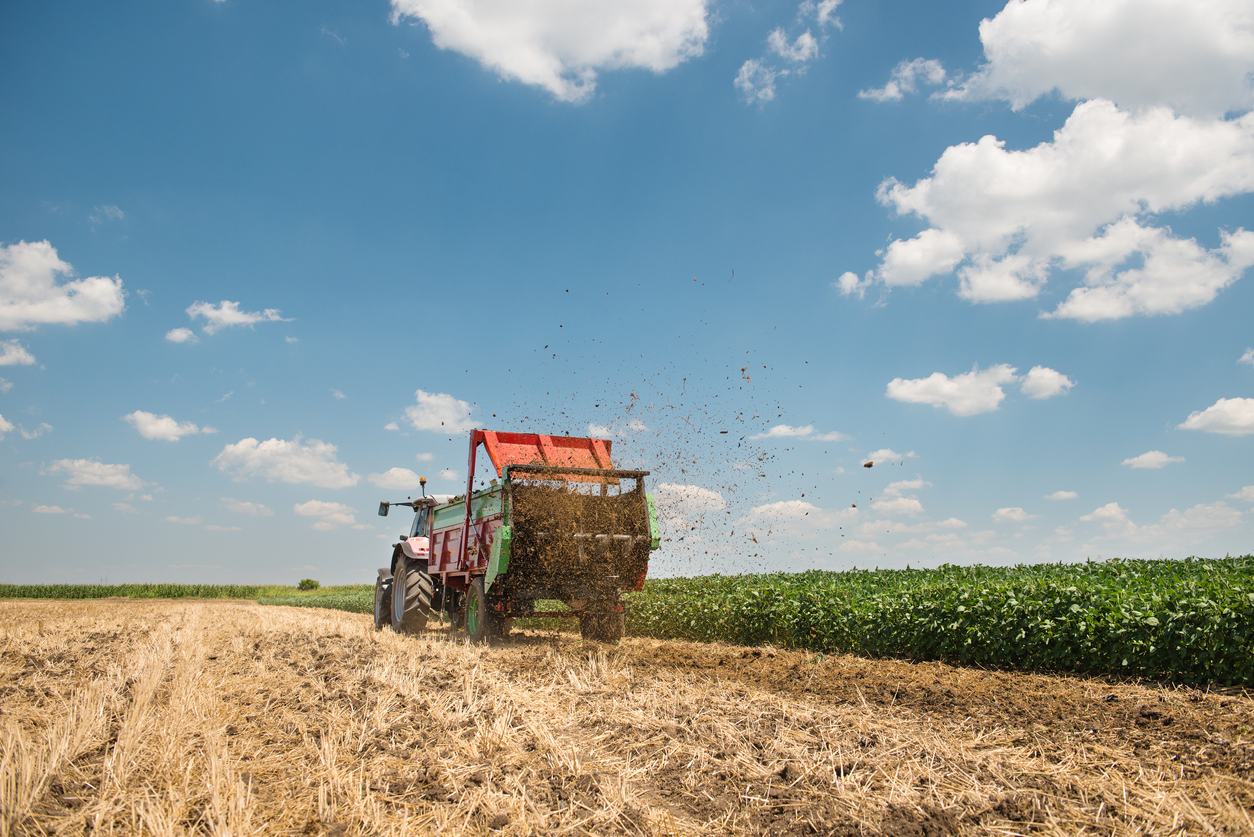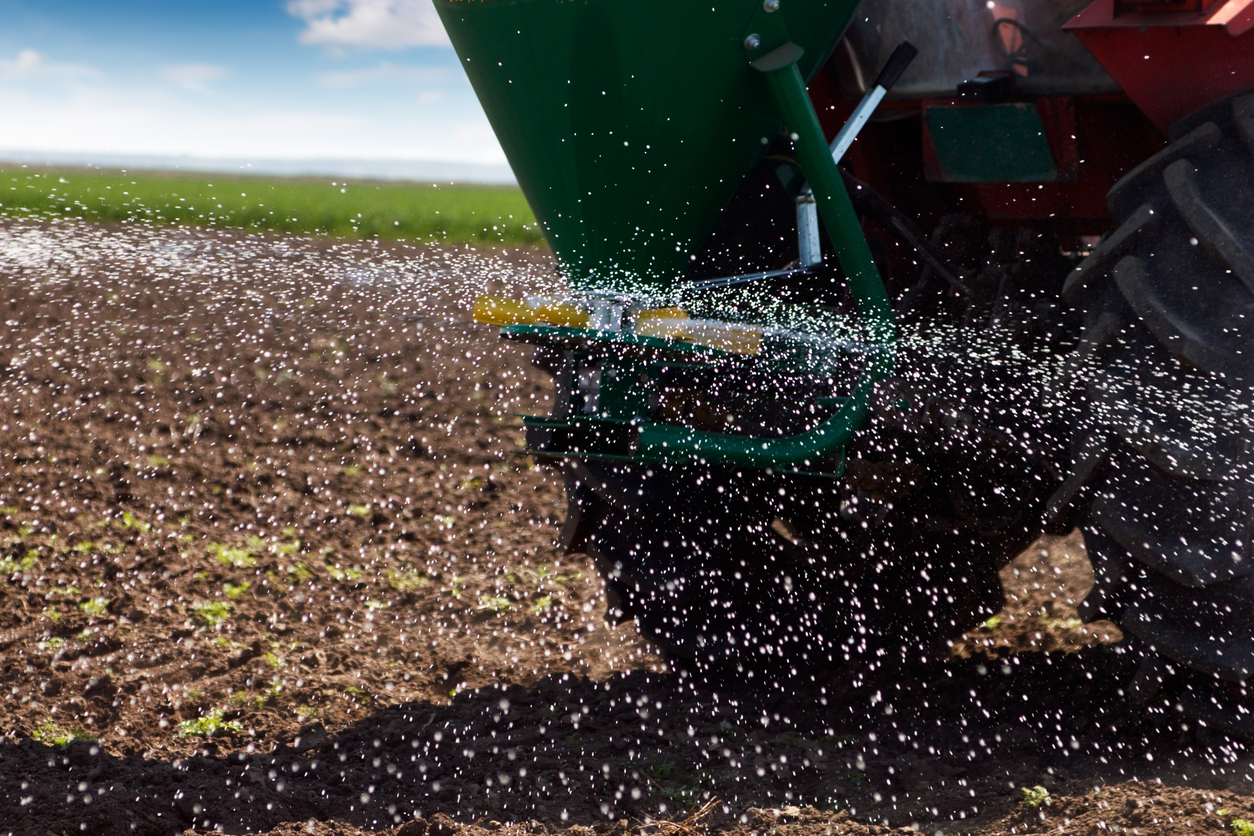Earthworm Research

Colorado State University examined 50 earthworm research studies to determine the effect on crop yields. All studies had different crops, soil types, tillage, and fertilizer applications. Overall, healthy earthworm populations increased crop yields an average of 23.3% world-wide. Earthworms thrive in healthy soils and do the best in no-till fields (no tillage), in cover crops fields with good soil organic matter levels, and where crops are rotated. These fields also had higher levels of beneficial bugs, bacteria, and fungi. Earthworms decreased the need for chemical fertilizer by an average of $50/Acre. Earthworms love healthy soils (No-till Farmer, 2024). Tillage is a major deterrent to earthworm growth. Tillage destroys their burrows, kills some adults but also desiccates earthworm eggs and wipes out future generations. Nightcrawlers are top feeders, using surface residue for food and to maintain soil temperature. Tillage destroys soil organic matter (SOM) which red wigglers ne...






.jpg)









